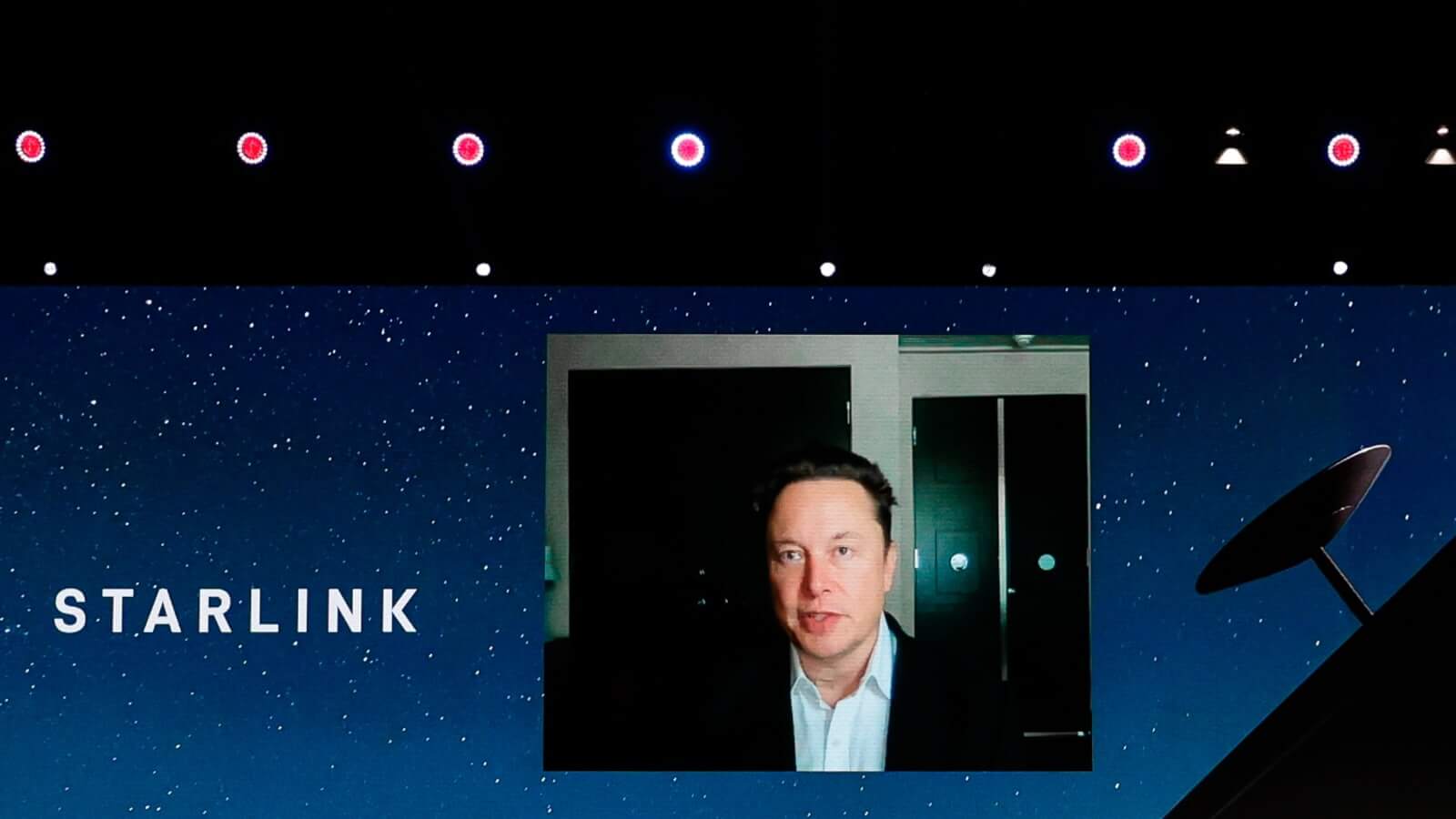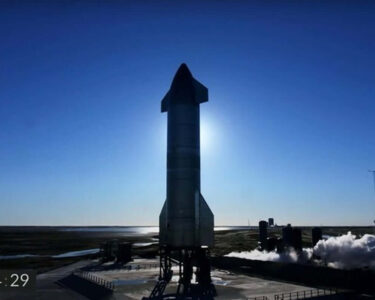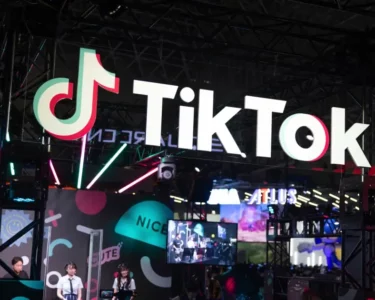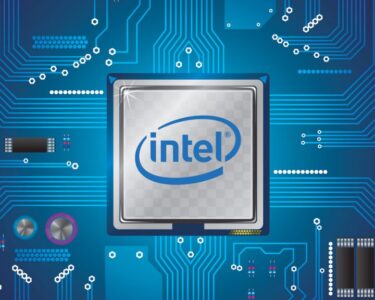On Tuesday evening, SpaceX initiated its first mission of 2024, deploying the inaugural set of six Starlink satellites equipped with direct-to-cell capabilities. These satellites aim to address cellular dead zones in remote areas, offering coverage in regions where traditional networks struggle to reach, according to SpaceX and partner T-Mobile.
Jessie Anderson, SpaceX structures engineering manager, revealed during the Jan. 2 webcast that these initial six satellites will be employed for testing purposes within the United States. The service will commence with text messaging capabilities, followed by the phased introduction of voice and data coverage as more satellites are launched. Furthermore, the service will support IoT (Internet of Things) devices.
Functioning akin to space-based cell towers, these satellites are equipped with advanced eNodeB modems enabling network integration resembling roaming partnerships. The service is compatible with most 4G LTE devices, and the majority of current smartphones can access it. Starlink operates within partner spectrum allocations over respective countries, collaborating with telecom giants like KDDI in Japan, Optus in Australia, One NZ in New Zealand, and Rogers in Canada, while seeking further partnerships.
This achievement marks a significant milestone for SpaceX following Elon Musk’s announcement in August 2022 about collaborating with T-Mobile, originally targeting a late 2023 launch.
Mike Katz, T-Mobile’s president of Marketing, Strategy, and Products, expressed in a news release that this service aligns with their commitment to eradicate cellular dead zones, highlighting the substantial areas in the U.S. lacking network coverage, including vast oceanic regions.
Elon Musk noted on X that the satellites support approximately 7 Mb per beam but clarified their limitations compared to existing terrestrial cellular networks. While not significantly competitive, Musk emphasized its value in locations devoid of cellular connectivity.
Kate Tice, SpaceX’s senior quality systems engineering manager, emphasized the potential lifesaving impact of this service, especially in emergency situations and remote areas where conventional connectivity is absent.
Dr. Sara Spangelo and Benjamin Longmier, co-founders of Swarm and co-leaders of SpaceX’s direct-to-cell initiative, expressed eagerness to rapidly scale up operations with partner operators and roll out messaging services for T-Mobile customers following the satellite deployment.
The satellite-to-cell market has garnered substantial attention in the industry, with various players like Apple, Iridium, Lynk, and AST SpaceMobile exploring or offering similar capabilities through partnerships or proprietary technology, aiming to address connectivity gaps and expand service reach.





